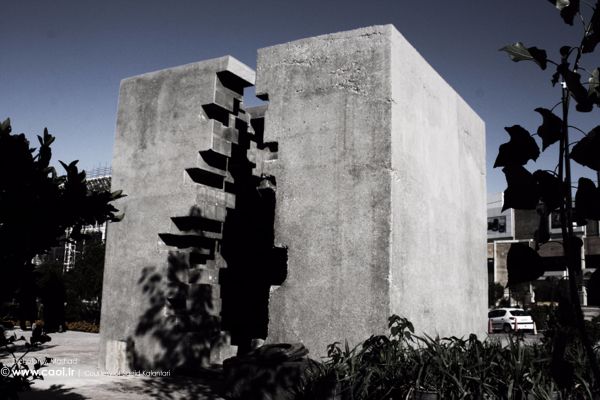Workshops
Dichotomy | دوگانگی
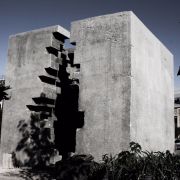
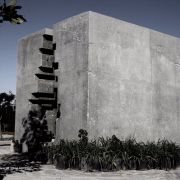
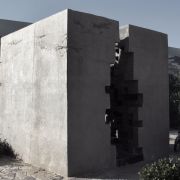

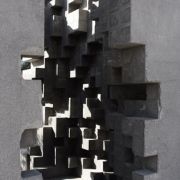
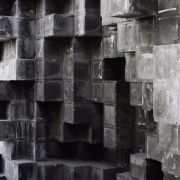
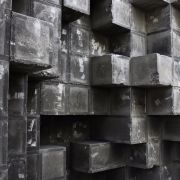
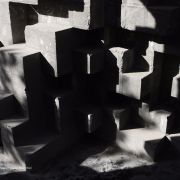
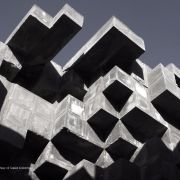
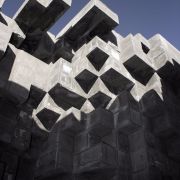









Persian
مکان: مشهد، ایران
هنرمند یا معمار: سعید کلانتری
ابعاد: 3×3×3 متر
مصالح: بتن
تاریخ: تابستان 1393
برگزار کننده: سمپوزیوم بین المللی مجسمه پدیده شاندیز
مجسمه بتنی پیش روی بخشی از یک مجموعه با نام دوگانگی ها می باشد که در سمپوزیوم بین المللی مجسمه پدیده مشهد در تابستان 1393 در ابعاد 3*3*3 متر ساخته شد. مجموعه ی دوگانگی ها پروژه ای بین رشته ای است که هنر و معماری دو بخش جدایی ناپذیر آن می باشند. سادگی و بی پیرایگی با ازدحام نظم هندسی، ماهیت تضاد برنگیزی دارند. تکثر در کنار سطحی یک دست، ذهن را درگیر می کند و تجربه احاطه شدن و در عین حال رد شدن از درون یک مجسمه، تعاملی میان انسان و فضا را پدید می آورد که حاصل این تعامل فضای سومی است که با حضور انسان اثر را تکمیل کرده و مرز میان درون و برون را از بین می برد.
در ساخت این مجسه نیز از CAD و CAM استفاده شده است و نرم افزارهای همچون Rhino, Grasshopper نقش به سزایی در طراحی داشته اند. همچنین در پروسه ساخت از CAM برای استخراج نقشه ها برای تولید قالب ها مورد استفاده قرار گرفت و در پایان نیز با استفاده از نقشه های موجود قالب ها در مکان مشخص روی هم سوار گردید و بتن ریزی صورت گرفت.

